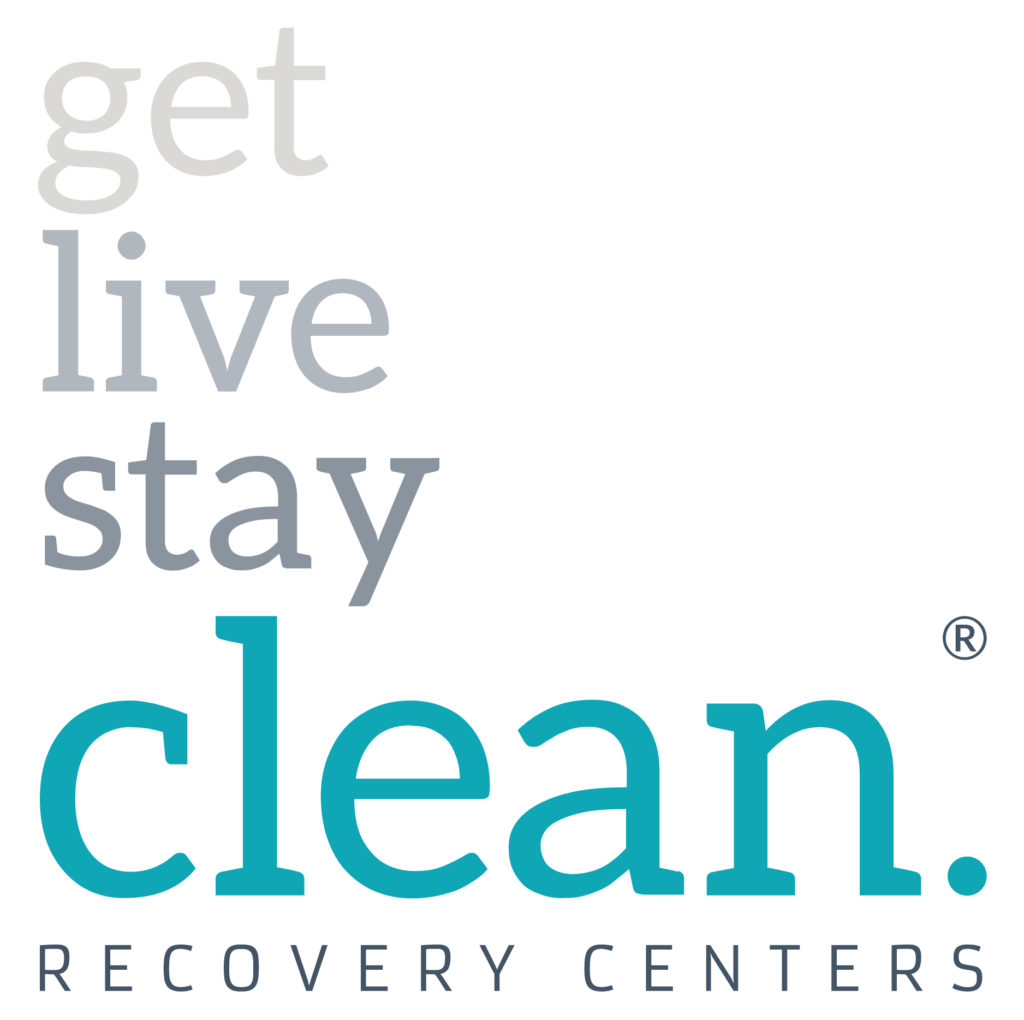What is Opioid Rotation?
It has been well-publicized that addiction to opiates is at near epidemic levels. Besides the traumatic and tragic impacts on families, it has had a staggering economic impact in the U.S. In the four years between 2015 and 2018 inclusive, opioid addiction reached $631 billion in financial impact to cities, states, businesses and individuals. It should be no surprise then, that the use of opioid analgesics used to treat chronic pain is unavoidably impacted.
What Is Opioid Rotation?
Opioid rotation is a method used most commonly to treat pain in cancer patients. However, it can be used whenever pain mitigation is required. The rotation means that one opioid painkiller is replaced by another to mitigate or treat issues arising from a previous analgesic or to minimize inadequate response. While you may expect that it would be a simple exercise in medication management to swap one opioid painkiller for another, it has proven to be extremely complex.
In order to better understand the corresponding dosage between opioids, equianalgesic tables are traditionally used. The table calculations are necessary because potency varies significantly between medications. The drugs included in the table are:
- Morphine
- Hydromorphone
- Oxycodone
- Oxymorphone
- Levorphanol
- Methadone
- Fentanyl
It doesn’t take a medical professional to recognize the names in the table. Unfortunately, the same drugs that are essential for managing severe pain in the critically ill or severely injured are also commonly abused. Frequently, those that become addicted were initially introduced to opioids for the management of pain from an injury or surgery. Despite all the information available on the dangers of addiction, it is still far too easy to get prescriptions for these drugs from physicians and pain clinics, or even to get the drug from individuals who have taken medicines from a family member.
Objectives
The reasons for opioid rotation are meant to prevent or treat a variety of conditions:
- Drug tolerance – opioids will become less effective at the same dosage over time as the patient builds a resistance to the drug
- Adverse reactions – side effects of opioid use are gastrointestinal distress like nausea, vomiting, constipation, problems urinating, respiratory problems and cognitive impairment such as hallucinations, nightmares and agitation
- Increased pain sensitivity – in some patients, changes to nerve pathways can cause hyperalgesia, where the perception of pain is greatly increased
Patients who have terminal cancer or debilitating diseases that keep them in chronic pain may find relief only through opioid analgesics. For patients in recovery, pain management can prove to be a difficult problem to solve when they cannot receive opioid drugs, as non-opioid medication may not be as effective at controlling pain.
Risks
As with any long-term medication use, there are some associated dangers of opioid rotation. Some studies have reported that because the equianalgesic tables are based on single instead of long-term use, they are not accurate. One study went so far as to say that the tables “are not based on high-level scientific evidence.” This is disturbing for obvious reasons since opioid-related deaths continue to rise. In fact, Oxford Academic published an abstract in 2012 that reported that opioid rotation was a significant contributor to death from opioid abuse.
Analgesics are prescribed routinely for everything from codeine for coughs to hydrocodone for injuries. They are prescribed because of their efficacy in treating pain and discomfort. However, increasingly, it seems the risks associated with the medications are not worth the benefits. Lives can be ruined by addiction if it is not recognized and treated effectively.
If you or a family member are seeking treatment for opioid abuse, or if you suspect opioid abuse and need information on treatment, contact Clean Recovery Centers. They can provide more information on the signs, symptoms and treatment options of opioid addiction.


